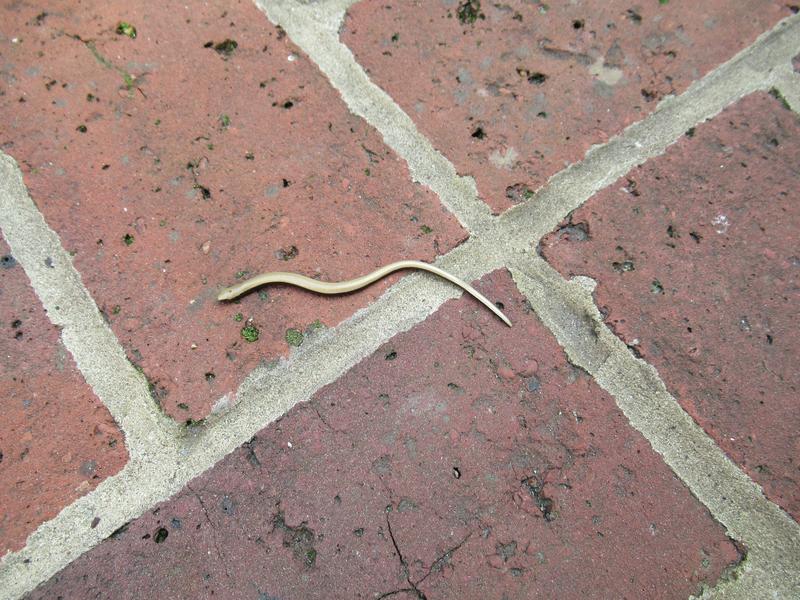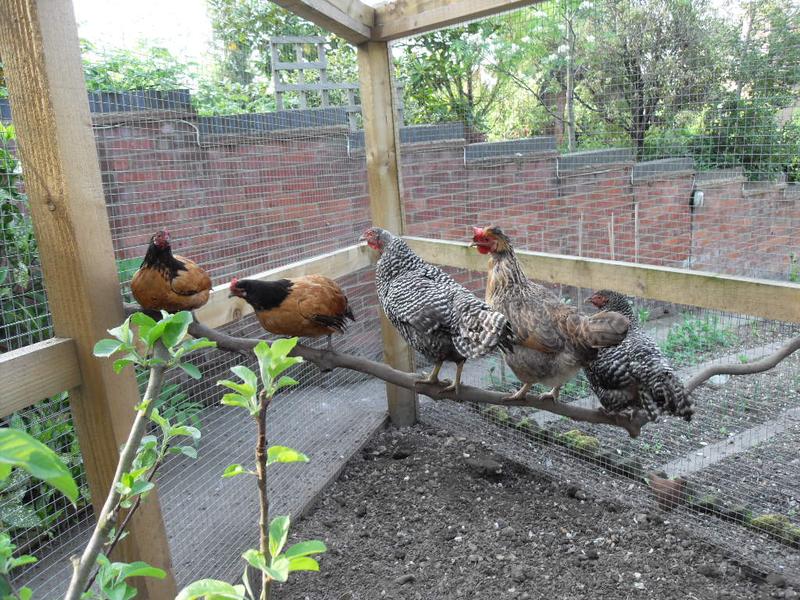On Sunday we saw another baby slow worm on the patio. It was lucky it didn’t get trodden on. We last saw a baby one on the path about a month ago. We always see the big ones in the undergrowth but the babies on the path or patio so we think perhaps they are warming up in the sun.
I thought I would give some facts about them in case anyone is interested to know more.
They are actually a legless lizard with the ability to shed their tail if they are seized. A new tail regenerates after a couple of weeks.
They hibernate in October and emerge from hibernation in March. They will mate annually or once every two years. The female gives birth to an average of eight live young between mid August and mid September. It takes between six and eight years for the slow worm to become fully grown. The female becomes sexually mature at between four and five years of age. This species is relatively long lived and one specimen has been known to live for fifty four years. That was in captivity but it is thought that they live to about thirty years in the wild.
That surprised me. I thought I knew a lot about slow worms, having been used to them in my gardens from childhood onwards, but I didn’t realise they could live for so long.
Their skin is shed at intervals throughout their life. They can grow up to fifty centimeters which is eighteen inches. That also surprised me because the biggest ones I have seen have been twelve inches.
They feed on slugs, snails, worms and any slow moving garden pests.
We definitely have a breeding colony in our garden because every summer we see them in all sizes from tiny babies to small, medium and large sized ones. I photographed one last year against this same ruler and it was long as the ruler which is twelve inches.
We saw a baby one a month ago and then another baby this weekend so baring in mind that they only breed once a year or once every two years our babies must come from different female slow worms. That fact, added to the amount of sightings and different sizes, suggests that we have quite a good number in our garden.
We are happy to have these creatures breeding and thriving in our garden,



 Click here to see the history of my flock.
Click here to see the history of my flock.
You are lucky to have them, in your garden, they do a lot of good.
We have a lot of slugs and snails in our garden so they welcome to eat some of those. We like having them and spotting them from time to time.
It’s a shame they can’t jump to eat the spiders! But on the other hand, jumping slow worms might be worse than spider webs!
They do apparently eat spiders but obviously only the ones on the ground. We have nearly walked into spiders in their webs several times over the last few days. My husband said it’s a good year for spiders and I said that it always is! You just really notice it this time of year.